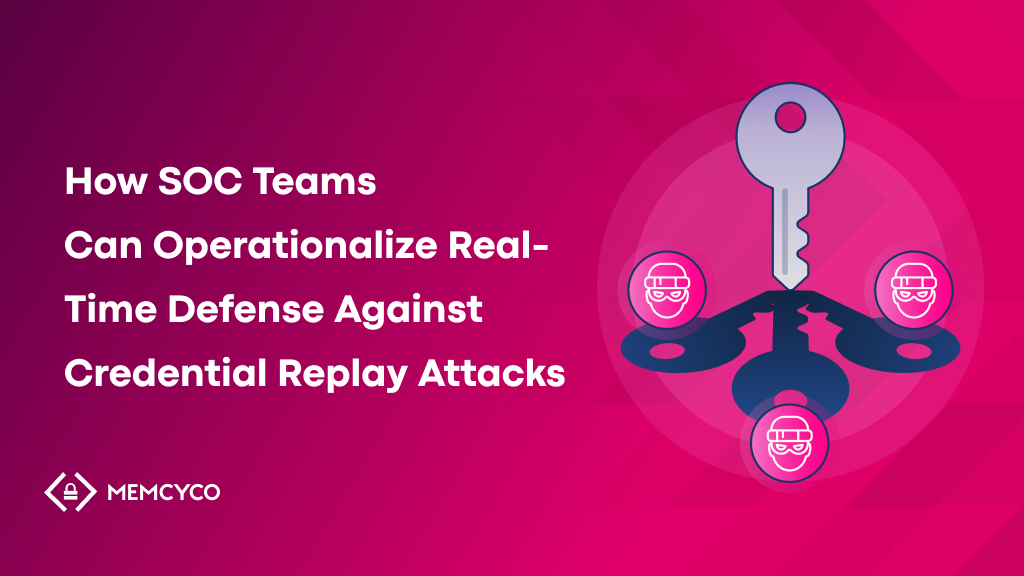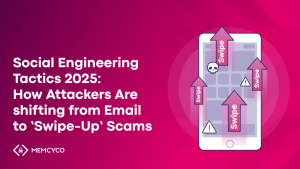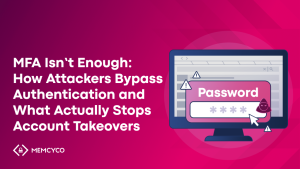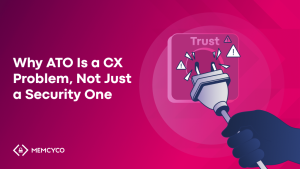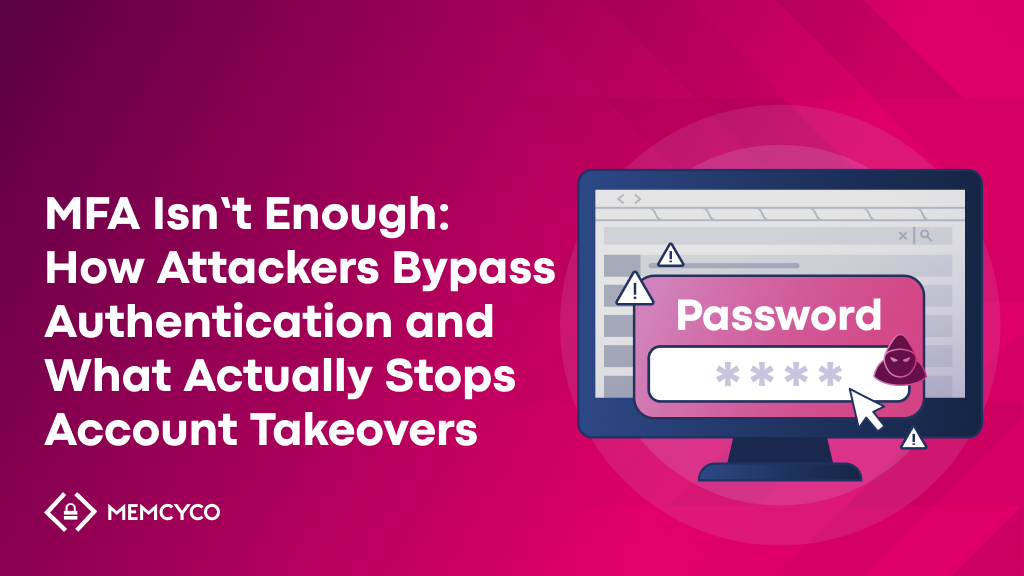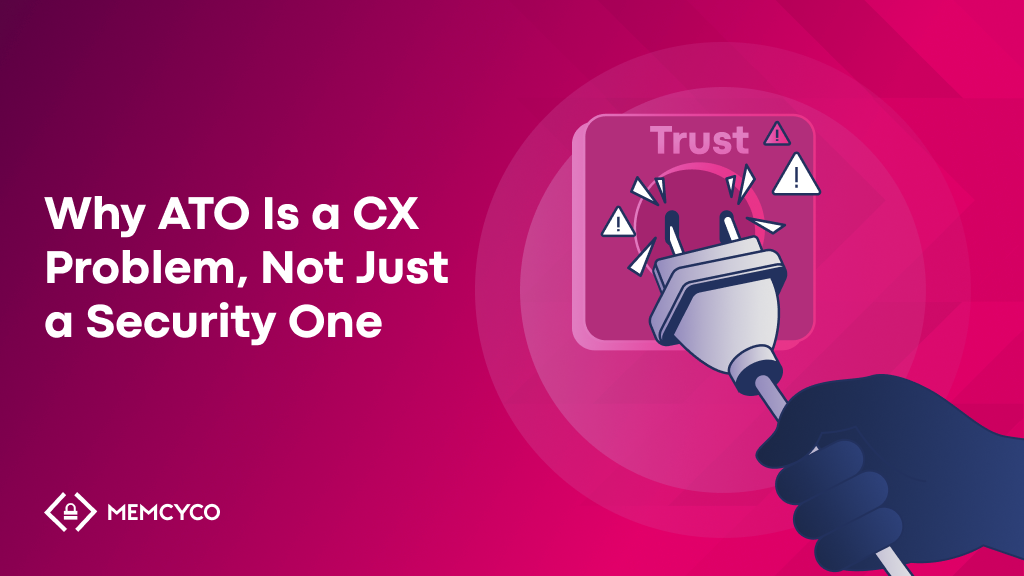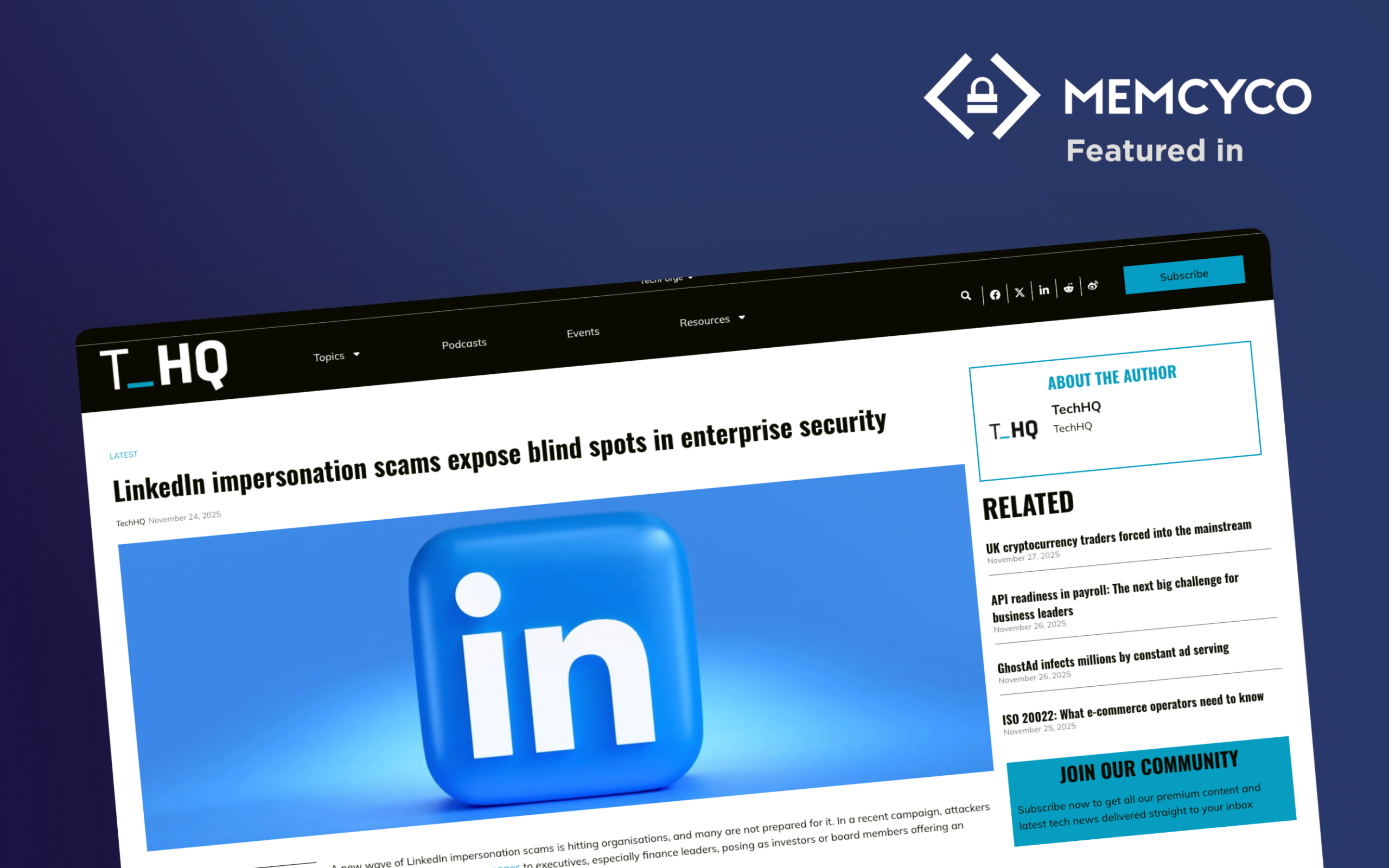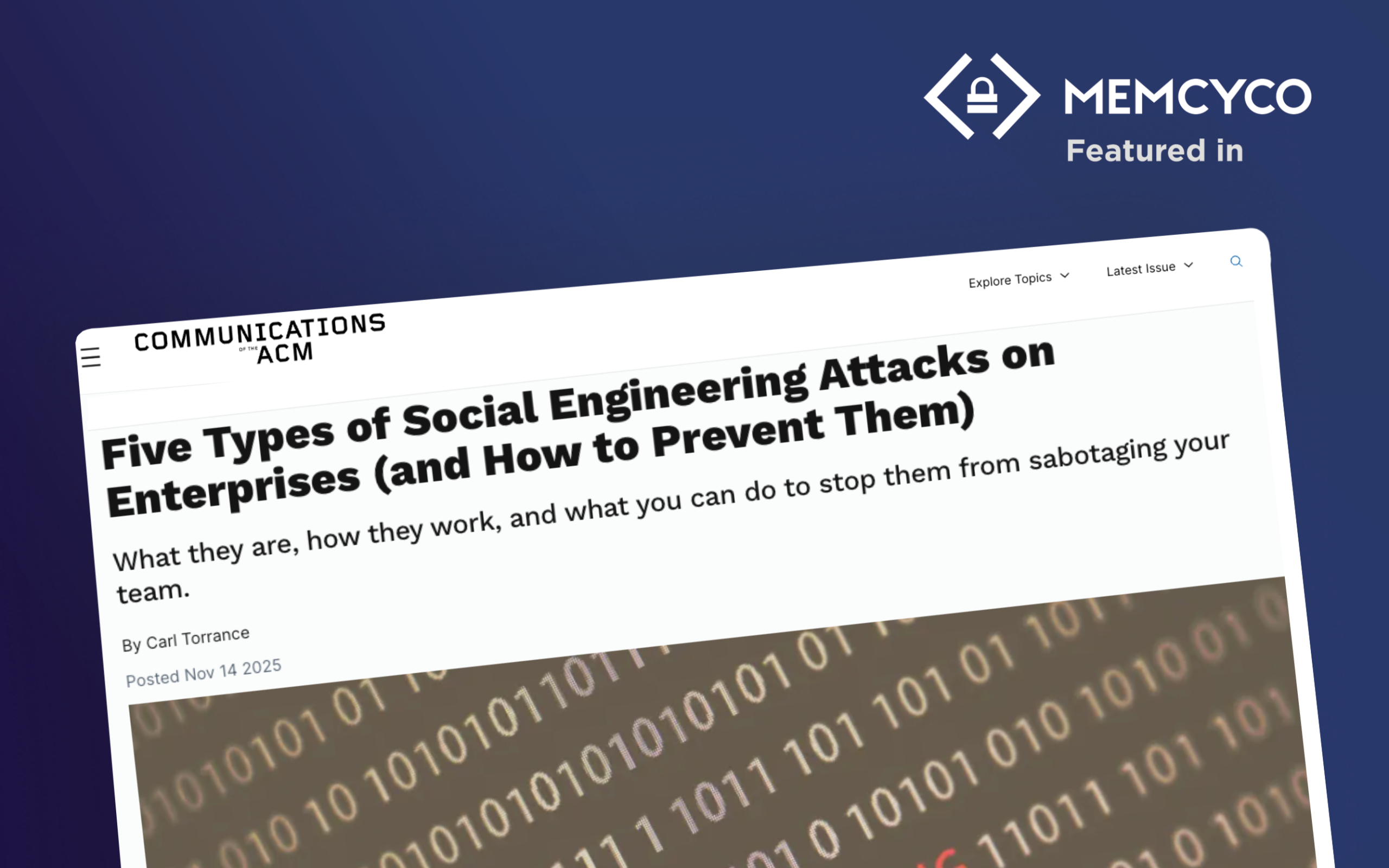Credential replay remains one of the most efficient ways attackers turn stolen usernames, passwords, or tokens into real account access. Verizon’s 2024 DBIR shows that over 40% of breaches involve stolen credentials, underscoring the durability of this tactic.
Even strong authentication is not immune. Techniques like pass-the-cookie and adversary-in-the-middle phishing allow attackers to replay tokens and sidestep MFA. Remote-access scams add another layer, handing fraudsters direct control of devices and sessions.
For SOC teams, these attacks surface daily as logins that look legitimate on the surface but carry subtle anomalies, making detection reliant on operational efficiency. It requires collecting and correlating signals across the environment and near real-time decision making on which sessions are genuine and which are replayed credentials in disguise. That’s no easy feat.
With the right session-aware, real-time visibility feeding into SOC workflows, those anomalies become actionable intelligence that sustains proactive defense against even the most covert credential replay attacks.
Why Do Credential Replay and Token Theft Slip Past Traditional Defenses?
A credential replay attack is a technique where attackers reuse stolen credentials or session tokens to log into a legitimate service. Because the login appears valid – same username, same password, sometimes even the same MFA prompt – traditional defenses often fail to recognize the account takeover threat.
Traditional defenses like MFA, behavioral analytics, and IP-based detection are often tuned to stop brute force or credential stuffing. But credential replay attacks blend in, exploiting trust in familiar credentials and device behavior.
Related reading: How Browser-Level Signals Help Prevent Credential Stuffing
Key vectors include:
- Session-token theft: In AiTM and pass-the-cookie scenarios, attackers capture active tokens and replay them to bypass MFA.
- Remote-access scams: Fraudsters use tools like TeamViewer or AnyDesk to intercept credentials and codes, then operate inside a legitimate session.
- Weak MFA reliance: Push-based MFA is vulnerable to fatigue attacks, while static factors cannot block token replay. Even phishing-resistant FIDO2 improves resilience but cannot stop session hijacking.
- Human element: Credential theft often begins with phishing or social engineering, which fuels replay at scale.
Related reading: Remote Access Scams: How to Stop Them (and Why Security Teams Miss the Risk)
Given that attackers increasingly bypass or sidestep MFA using token replay techniques and remote access scams, authentication controls must be reinforced with session-aware defenses. To match the sophistication and speed of such threats, modern SOC teams are turning to preemptive cybersecurity that delivers real-time, session-aware telemetry. These browser-level signals reveal anomalies such as referral mismatches, unusual devices, and decoy credential triggers that expose credential replay attacks as they unfold.
Where SOC Teams Fit Into Credential Replay Defense
It’s worth remembering that the SOC is not the prevention layer – that sits with IAM, MFA, and device-binding controls. Instead, SOC analysts ensure those controls operate as part of a coordinated defense. Their mission includes:
- Continuous monitoring: Tracking credential use and anomalous sessions across the enterprise.
- Context enrichment: Combining logs from IAM, UEBA, and browser-level detection for full visibility.
- Threat hunting: Proactively investigating suspicious login attempts and replay activity.
- Incident response: Orchestrating rapid actions across IT, fraud, and risk teams.
To succeed, SOCs require integration. To operationalize this visibility, tools like Memcyco provide browser-level signals and decoy credential triggers that flow into SIEM/XDR platforms, allowing analysts to act from a single pane of glass rather than juggling siloed alerts.
Turning Real-Time Signals Into Action
Detection alone does not stop credential replay. SOC teams operationalize protection by converting high-fidelity signals into operational workflows:
- Ingest: Pull in alerts from browser-level decoys (Memcyco), IAM logs, and UEBA analytics.
- Correlate: Match anomalies – such as impossible travel, low-reputation referrals, or device mismatches – with login and session context.
- Respond: Trigger automated playbooks: revoke tokens, lock accounts, enforce re-authentication, notify fraud teams, and coordinate with IT to harden exposed services.
- Refine: Use post-incident feedback to tune detection rules, reduce false positives, and accelerate analyst decision-making.
This cycle reduces dwell time and transforms one-off alerts into scalable, enterprise-wide defense.
Without SOC Integration vs With SOC Integration
- Without integration
- Detection tools generate siloed alerts.
- Credential replay attempts slip through uncorrelated logs.
- Analysts face alert fatigue and rising false positives.
- Remote-access scams often go unseen.
- With integration
- Browser-level alerts stream into SIEM/XDR.
- SOC analysts correlate signals across devices, logs, and third-party environments.
- Automated playbooks accelerate containment and recovery.
- Dwell time shrinks, and defenses scale efficiently.
How Memcyco Strengthens SOC Teams in This Role
Memcyco’s preemptive cybersecurtity solution provides SOC teams with browser-level visibility and deception-based intelligence that enriches SIEM and SOAR workflows. Key capabilities include:
- Browser-level visibility: Detects credential replay attempts in real time by inspecting login sessions, referral sources, and device fingerprints.
- Decoy credential injection: Replaces stolen credentials with decoys, neutralizing their value and alerting SOCs to replay attempts.
- High-fidelity signals: Provides per-victim context that reduces false positives and enriches SIEM/XDR events for faster triage.
- Complementary position: Works alongside phishing-resistant MFA, FIDO2, device binding, and UEBA. Even the strongest authentication benefits from Memcyco’s browser-level fortification against replay and hijacking.
By embedding these signals into existing SOC infrastructure, enterprises move from detection to disruption, ensuring credential replay attempts are not just spotted but actively contained.
Related reading: How to Detect & Stop Reverse Proxy Phishing Attacks in Real-Time
From Detectors, to Disruptors: Empower Your SOC Team, With Memcyco
Credential replay attacks remain one of the most effective ways for adversaries to bypass enterprise defenses. As attackers adopt token theft and remote-access hijacking, MFA alone is no longer enough. Detection tools provide visibility, but SOC teams turn visibility into real-time defense.
By integrating browser-level telemetry and decoy credentials into SIEM/SOAR workflows, SOC analysts can correlate anomalies, automate responses, and reduce dwell time. This transforms credential replay attempts from silent compromises into opportunities to strengthen enterprise resilience.
Security leaders who invest in this operational model ensure their SOCs are equipped not just to detect, but to defend against one of today’s fastest-moving attack vectors.
Book a Memcyco product tour and discover how Memcyco empowers SOC teams to combat the most silent and devastating credential replay attacks with minimal effort.
Read more:
- Evil Twin Attack Prevention: Stop Real-Time Phishing to ATO
- Prevent Phishing & ATO From DNS Cache Poisoning in Real Time
- Disrupting AI-Powered Phishing: What CISOs Must Do Now
FAQs About Credential Replay Attacks
What is a credential replay attack?
A credential replay attack occurs when adversaries reuse stolen usernames, passwords, or tokens to impersonate legitimate users. These logins appear valid, making them difficult to detect without real-time browser-level monitoring.
How does a credential replay attack bypass MFA?
Attackers often steal active session tokens through adversary-in-the-middle phishing or pass-the-cookie techniques. By replaying tokens, they bypass MFA prompts entirely and gain legitimate access.
What role do SOC teams play in defending against credential replay?
SOC teams operationalize defenses by ingesting alerts from IAM, UEBA, and browser-level tools like Memcyco. They correlate anomalies, automate playbooks, and orchestrate incident response.
Why isn’t MFA enough to stop credential replay attacks?
While MFA is critical, push fatigue, static factors, and token theft still allow replay. Even phishing-resistant standards like FIDO2 require additional real-time protection at the browser level.
How does Memcyco help SOC teams with credential replay detection?
Memcyco provides browser-level visibility and decoy credential injection, delivering high-fidelity signals that enrich SIEM/SOAR. This reduces false positives and helps SOC teams respond to replay attempts in real time.
What are the best practices for defending against credential replay attacks?
Enterprises should combine phishing-resistant MFA, device binding, real-time browser-level detection, decoy credentials, and SOC integration. Together, these measures turn isolated tools into a defense-in-depth strategy.
